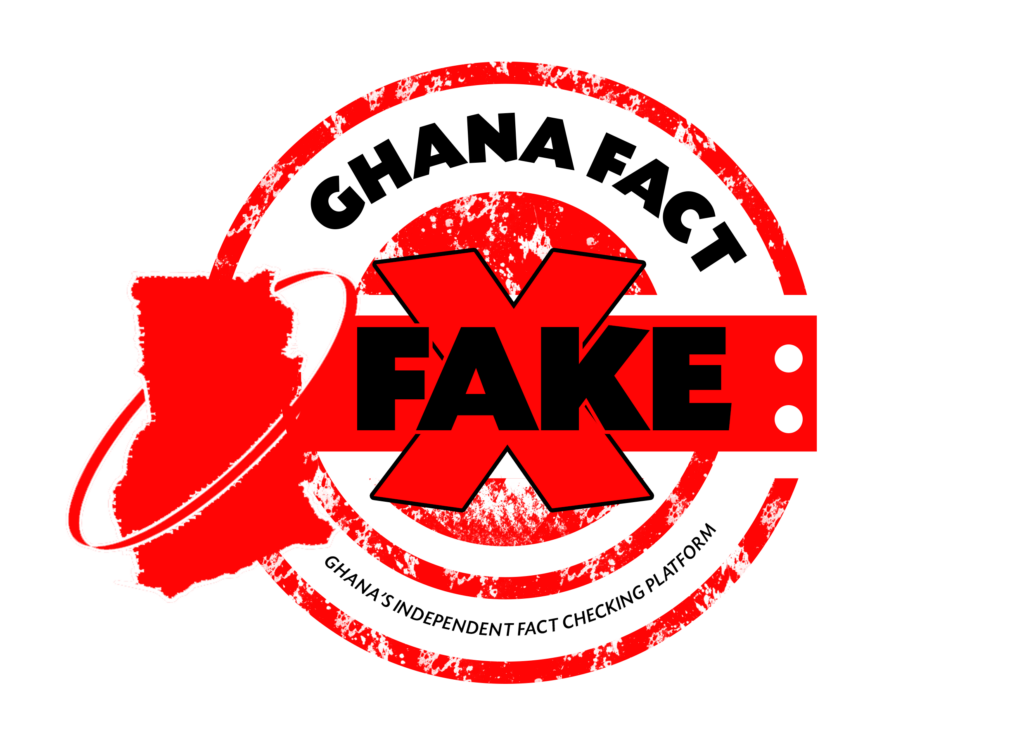Researched by Alfa Shaban
Taxes have traditionally been a major political issue under the Fourth Republic. The 2024 election was no different, with the two main presidential candidates promising to abolish specific taxes if they were elected.
Fast forward to February 2025, President John Dramani Mahama, after winning the 2024 elections, through his Finance Minister, Cassiel Ato Forson, announced the scrapping of three taxes imposed by the erstwhile Nana Addo Dankwa Akufo-Addo government.
The abolished taxes included the E-Levy, Emissions Levy and Betting Tax. They were officially scrapped when President Mahama signed the bills repealing them on April 2, 2025.
On June 3, 2025, Parliament passed a bill that allowed for a new levy to be imposed on petroleum products. The Bill titled “ENERGY SECTOR LEVIES (AMENDMENT) BILL, 2025” was approved by the Majority Caucus after the Minority side walked out of the chamber in protest against the levy.
In a memorandum supporting the Bill and signed by the Finance Minister, he stated thus: “The decision to increase the levy on petroleum prices is based on the need to find a balance between ensuring stable power supply, while promoting the financial sustainability of the sector.”
The levy has been presented as a GH¢1 on every litre of fuel (petrol or diesel) in comments made by some government officials. There have also been other narratives around the levy, including comparisons with the abolished E-Levy and conflicting official explanations justifying its imposition.
This report will examine narratives on traditional and social media around the new levy.
- Is it a new tax?
- Are comparisons with E-Levy justifiable?
- Did the government spring a surprise with this levy?
Explainer
Is it a new tax?
Claims that the GH¢1 levy is a new tax have been widely circulated and amplified by, among others, Akosua Manu, a former Parliamentary aspirant of the opposition New Patriotic Party (NPP).
“You demonized E-Levy during tough times—so why introduce a new tax now when you say the economy is buoyant?” she stated on Citi TV on June 5, 2025.
Others have made similar comments about the levy being a new tax here, here, here.
The facts
Our finding shows that the new levy is an amendment of an existing Bill, hence the title “ENERGY SECTOR LEVIES (AMENDMENT) BILL, 2025.” It is a revised tax handle in terms of quantum on the Energy Sector Shortfall and Debt Repayment Levy on petrol and diesel.
| Fuel | Current levy | New levy | |
| 1 | Petrol | 0.95 pesewas | GH¢1.95 |
| 2 | Diesel | 0.93 pesewas | GH¢1.93 |
In an interview with GhanaFact. Alfred Appiah, a data scientist who shares insights on X (formerly Twitter) weighed on the new levy stating: “The government has indicated that the additional levy is going to be used specifically towards purchasing liquid fuel for power generation.
“So it is right to say the additional levy is to solve dumsor. Most importantly, though, we have seen similar levies like that in the past that didn’t achieve their intended objectives.”
Are comparisons with E-Levy justifiable?
One of the major critiques the levy has received is the comparison with the 1% Electronic Transfer Levy (E-Levy) imposed by the former government and abolished earlier this year. See here and here.
Former Vice President Mahamudu Bawumia made a similar comparison while reacting to the new levy: “Yesterday, you saw that they came with the dumsor levy, they promised to remove the E-Levy and they did so, now they have brought the dumsor levy. It is eight times the E-Levy.
“Today, if you buy a litre of petrol, you pay one cedi; if you buy 1000 cedis of fuel, you will pay a tax of 83 cedis. With E-Levy, if you send 1000 cedis via MoMo, you will pay 10 cedis; in this case, a 1000 cedis worth of fuel will lead to a tax of 83 cedis,” he told NPP faithful on June 4.
The facts
The E-Levy was a 1% charge on every GH¢100.00 of specific electronic transactions; the first 100 cedis was, however, exempt. In effect, there was no charge for the first GH¢100.
The E-Levy was charged in percentage terms, that is, 1%, whereas the amended fuel levy is charged in monetary terms, that is, GH¢1 per litre.
In terms of comparing the E-Levy with the fuel levy, Alfred Appiah said: “Yes, one can take the additional levy and divide it by the average cost of petroleum products to get a percentage and compare it to the E-Levy percentage.”
The basis on which Bawumia makes the comparison is using the same quantum in terms of both levies and computing the tax amount on each. We looked at the numbers in the table below:
| Levy | Amount | Tax due | Total |
| E-Levy | GH¢1000 | GH¢9 | GH¢1009 |
| Adjusted fuel levy | GH¢1000 | GH¢80 | GH¢1080 |
| The fuel price used is GH¢12.52 cedis per litre of petrol from GOIL as of June 5, 2025 | |||
From the above, it is inaccurate for Dr Bawumia to claim that a GH¢1000 transfer attracts GH¢10 E-Levy. However, it is accurate that the same amount (GH¢1000) of fuel will attract about eight times the E-Levy.
Did the government spring a surprise with this levy?
There have also been claims that the John Dramani Mahama government promised not to impose any new taxes in the budget, but has imposed a levy only six months into office.
The facts
While it is true that the president and finance minister are on record as saying they won’t impose new taxes, in the 2025 Budget statement, the minister informed Parliament of 10 tax laws that the government will be amending, which include the Energy Sector Levies Act, 2015.
From the above, it is clear that the government had announced an intention to review the Act, but it was not until June 3 that the increase of the specific levy was announced to MPs.
Despite a hint to review specific Acts, Alfred Appiah holds that to the extent that a major levy was not put in the budget made it surprising.
“It was very surprising that a tax policy with significant fiscal impact like this was not introduced as part of the budget. The projected revenue from this increase in the levy is nearly 6bn cedis, which is higher than the combined revenue from e-levy and Covid levy in 2024 (4.8 bn),” he said.
Energy Minister departs from government justification over levy
The last leg of the narrative GhanaFact identified was the justification for the new levy from Energy Minister John Abu Jinapor.
Whereas the Finance Minister listed the reasons in his memorandum – the performance of the cedi, fuel for thermal plants, and the energy sector debt- the Energy and Green Transitions Minister told Joy FM that the levy was primarily to enable the government to procure fuel for power generation.
The President, in his comments on the levy, took the path of the Finance Minister. Speaking at a report presentation ceremony by the National Economic Dialogue Planning Committee on June 4, President Mahama acknowledged public frustration towards the levy.
“This decision, though difficult, is necessary and justifiable. This revenue will be strictly ring-fenced to pay down legacy debts, finance ongoing fuel purchases, and avert the risk of recurring power shortages,” the President said.
President Mahama has signed the Bill into law today, June 5, 2025.
In a latest development, the government has halted the planned implementation of the fuel levy, which was set to start on Monday, June 16, 2025. Even though the Ghana Revenue Authority statement dated June 13 directing the suspension of implementation did not state an exact reason, the Ministry of Energy and Green Transition in media reports over the weekend explained that the decision was due to the Israel-Iran war and its effect on international oil prices.



















